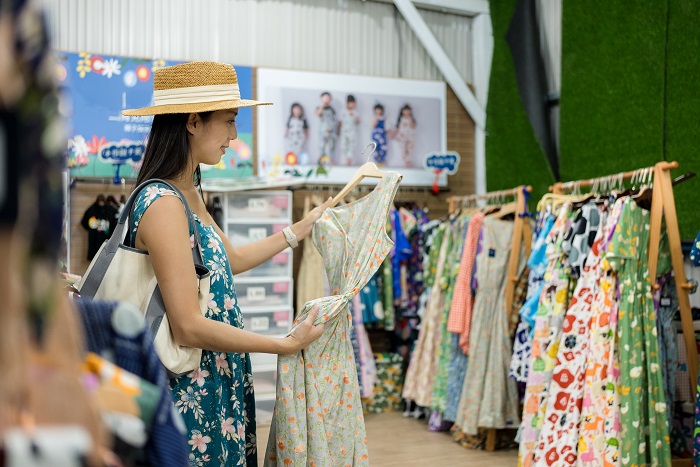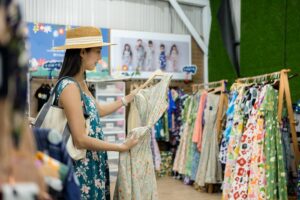The Inspiring Tale of Folly Cove Designers
The picturesque Folly Cove, located north of Boston in Massachusetts, has been a hub for artists throughout history due to its breathtaking granite cliffs and rock-strewn beach. This striking landscape is home to an extraordinary group of self-taught women known as the Folly Cove Designers, who revolutionized American decorative arts from 1941 to 1969.
This innovative collective began in 1938, when Virginia Lee Burton Demetrios, an esteemed artist, author, and children’s illustrator, proposed an exchange of talents with her neighbor, Aino Clarke – drawing lessons for violin lessons. Taking inspiration from their natural surroundings to create naturalistic drawings portraying plants and characters, word about these informal sessions quickly spread, and more local women joined in on the fun.
In this article, we dive deeper into the fascinating journey of the Folly Cove Designers, including how they developed their skills, their artistic styles that set them apart, and the legacy they left behind.
Developing Skills through Friendship and Collaboration
- Each fall, each member would choose a subject to illustrate.
- During winter, they would refine their drawings at home and during monthly workshops for idea exchange and feedback.
- In springtime, the designs were carved onto linoleum blocks and printed on paper or fabric.
Rather than considering themselves professional artists, the members of Folly Cove Designers saw themselves as friends united by their shared passion for creativity and learning. Together, they honed their printmaking craft step by step, as they sought to learn and grow each year. Having an unwavering support system behind them was instrumental in helping these women develop artistically.
Artistic Styles That Set Them Apart
The Folly Cove Designers were heavily influenced by the Arts and Crafts movement, as well as Scandinavian design styles. However, what set them apart from other artists of their time was their unique approach to subject matter and artistic representation. They took inspiration from Cape Ann’s flora, fauna, and inhabitants, as they deviated from the prevalent trends of geometric and abstract motifs.
- Stylized characters: Their work often depicted the people of Cape Ann in a stylized manner, with attention to detail and character expression.
- Everyday life scenes: Grounded in reality, the prints showcased everyday activities and lifestyles one could find within the region.
- Plant fringes and fruit wreaths: The natural beauty of Cape Ann’s vegetation served as inspiration for intricate designs incorporating elements like fringes and wreaths.
- Geometric shapes and colorful motifs: Incorporating geometric patterns and vibrant colors helped create a harmonic balance in their work, which translated well onto various products.
Their works adorned items such as clothing, posters, porcelain tableware, home textiles, and book covers, showcasing a wide range of applications for their artistic talents.
A Legacy Immortalized Through Research and Literature
Elena M. Sarni, a former assistant at the Cape Ann Museum, has devoted 13 years of her life studying the story of the Folly Cove Designers. Her resulting comprehensive literary work, titled ‘Trailblazing Women Printmakers’, showcases the remarkable journey of these self-taught printmaking prodigies.
The Folly Cove Designers’ story serves not just as a testament to their artistic prowess, but also as a symbol of the power of female camaraderie and collaboration. As more people discover their works and learn about this pioneering group of women, they continue to inspire generations of artists worldwide.







